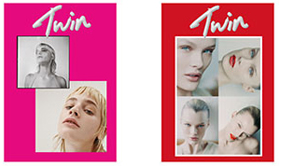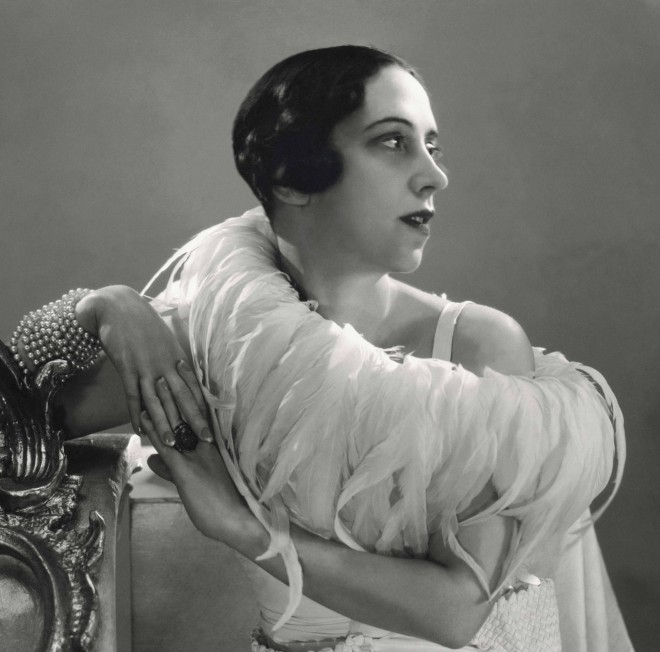
The Art of the Impossible
The Metropolitan Museum of Arts Costume Institute’s new exhibition focuses on two icons of classic design separated by disparate eras: The late Elsa Schiaparelli, creator of the ‘Tear’ dress and associate of the Surrealist movement, and Muiccia Prada, a politics graduate whose coveted Postmodernist creations are made for women’s brains – not their bodies.
Their collaborative exhibition: Schiaparelli and Prada – Impossible Conversations, comprises of signature pieces which are divided into seven themed galleries, including Hard Chic and The Surreal Body. The designers’ ensembles are collated and video installations are included which depict simulated conversations between the women with a view to highlight similitudes and contradictions in their work.
Accompanying the exhibition is a photographic book of the same name, which enriches the narrative of the show by including a miniature booklet connecting the designers generational disparity. Photographs, articles and quotes intimate additional ‘impossible conversations’ between them.
The exhibit and book not only illustrate an interdependence between the historic and the contemporary, but they also provide a delightful glimpse into the agency of two dissenters who have consistently undermined conventional edicts of elegance and sophistication in all of their staid, and unimaginative manifestations by creating an alternate, yet beautiful array of fresh palettes and concepts.
Schiaparelli and Prada – Impossible Conversations is showing at the Metropolitan Museum of Arts Costume Institute in New York until 19 August 2012.
Schiaparelli and Prada: Impossible Conversations is published by The Metropolitan Museum of Art.
Words by Dawn Daniels
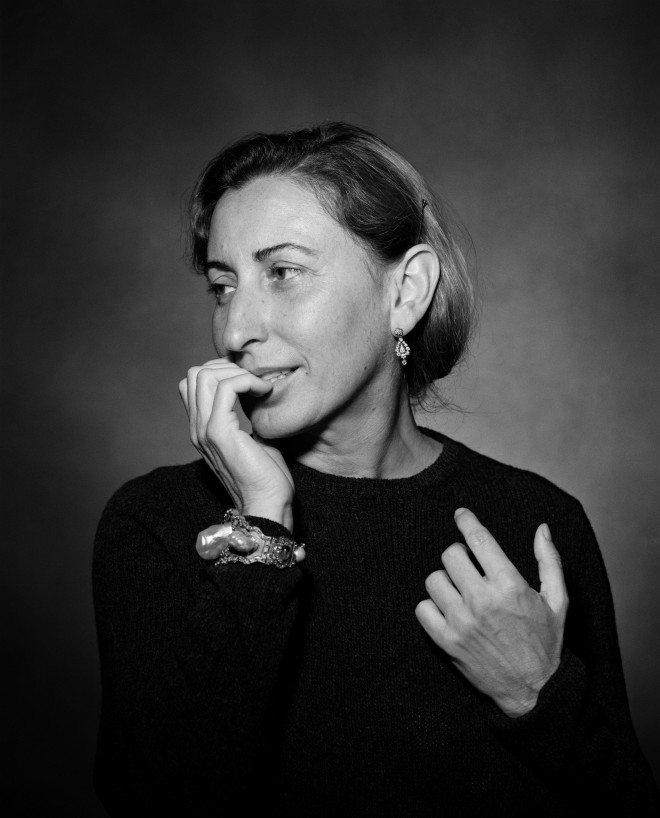
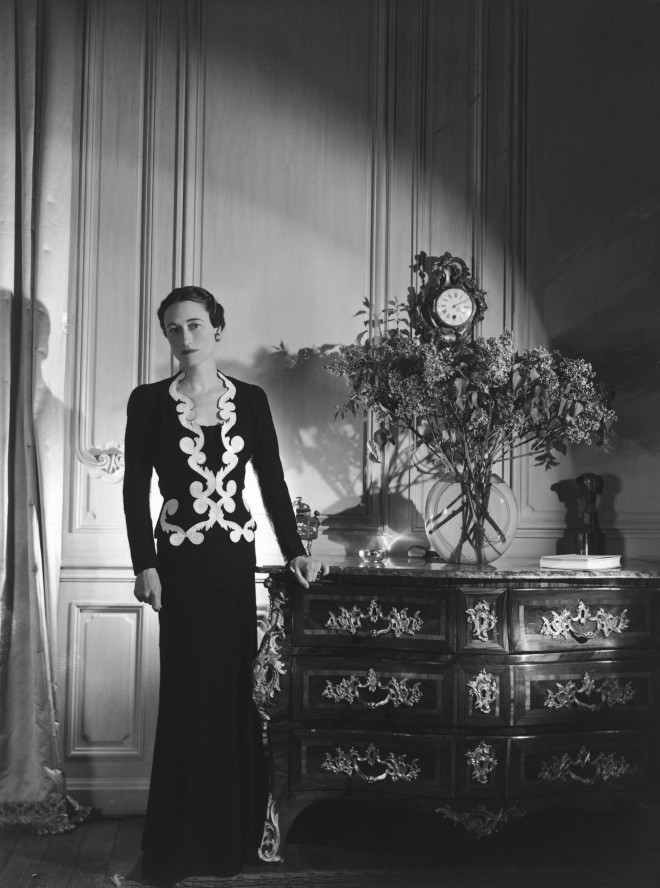
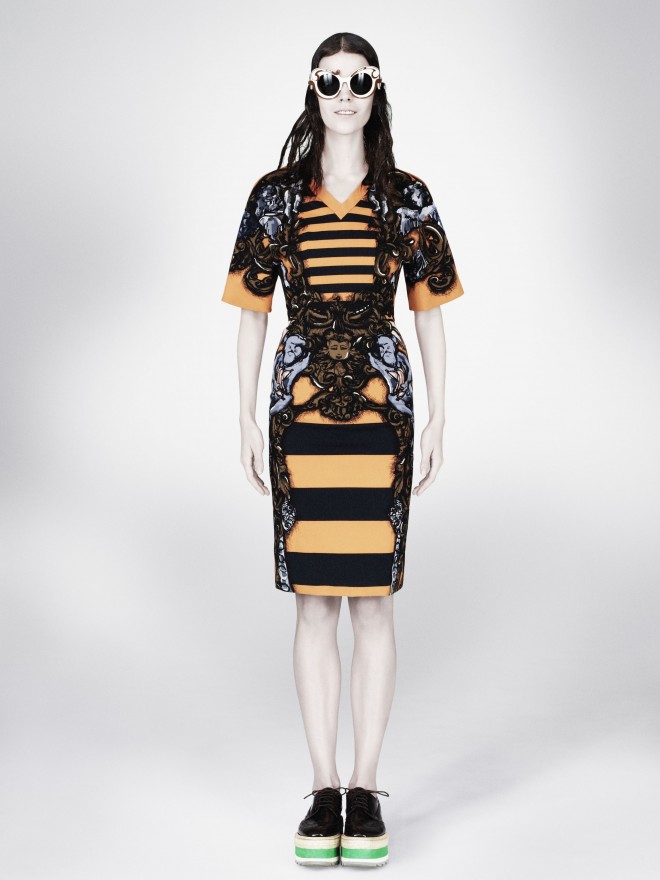
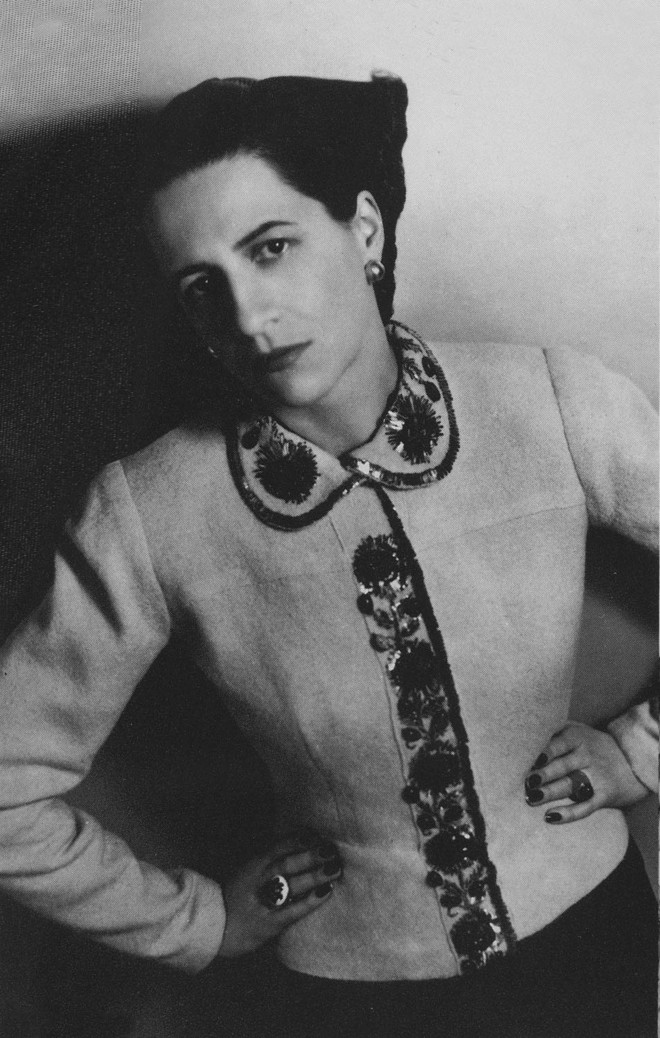
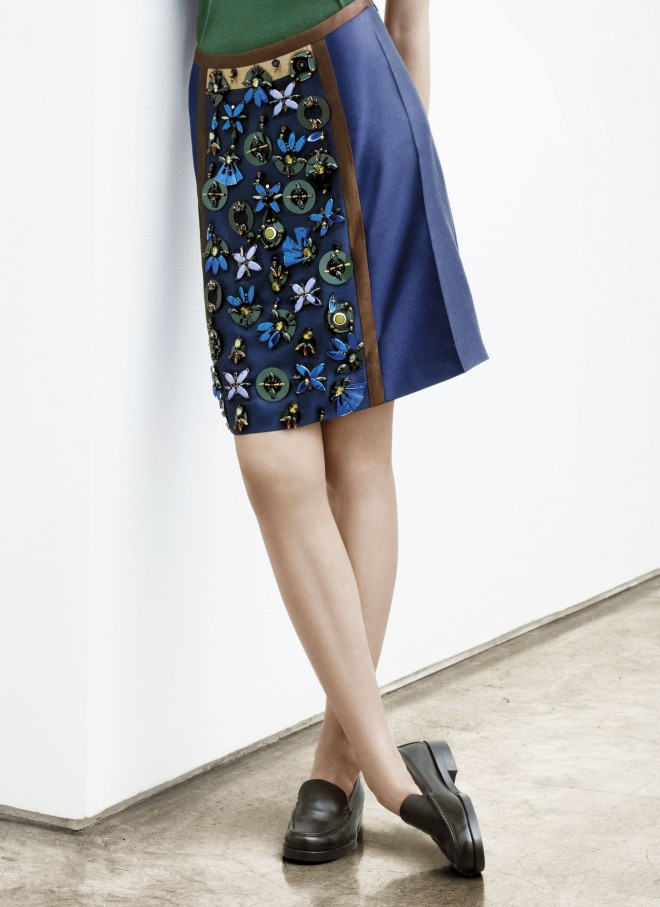
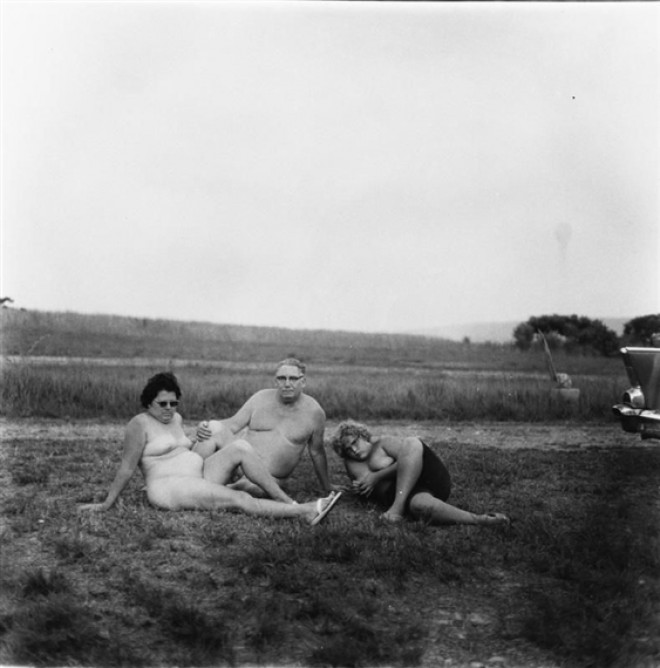
High Stakes
Among an array of exceptional and disparate images for sale at the upcoming Philip de Pury & Company Photographic Auction, a considerable number emanate from the milieu of fashion photography.
Highlights include Sie Kommen, one half of a diptych taken by the late and provocative Helmut Newton which depicts four naked models in high heels as an erotic metaphor for the changing status of women in the Eighties.
In addition, the print A family One Evening in a Nudist Camp by Diane Arbus utilises her intuitive sense of otherness not only to expose peculiarity in the mundane, but also to reveal the beauty and integrity of her subjects.
The sale will also showcase a myriad of eclectic and larger scale work from contemporary Twentieth Century photographers such as Vera Lutter, Thomas Ruff and Dan Holdsworth, which are collated with epoch-making images created by classic artists including Robert Mapplethorpe, Richard Avendon, Horst P. Horst and Irvin Penn.
Phillips de Pury & Company May Photographic auction begins on 17 May at 4pm.
phillipsdepury.com
Words by Dawn Daniels

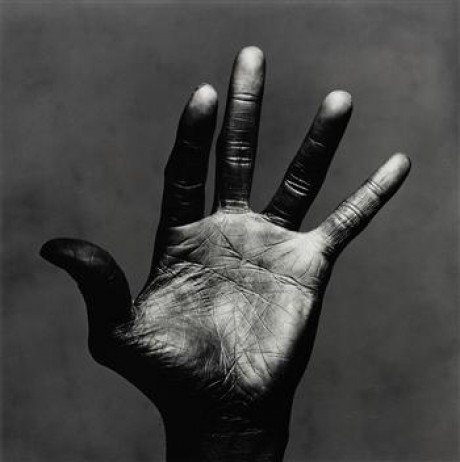
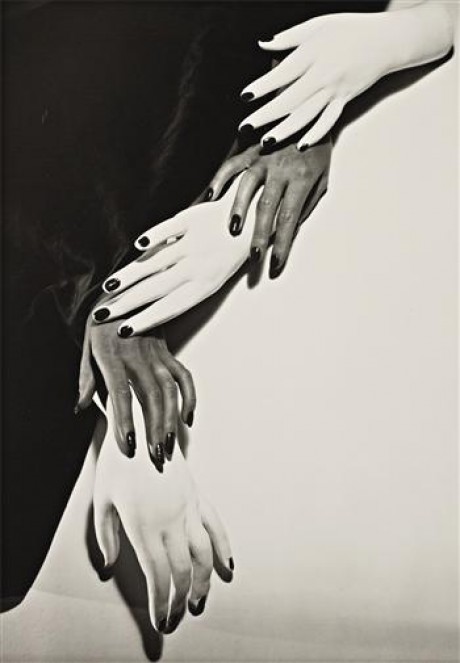
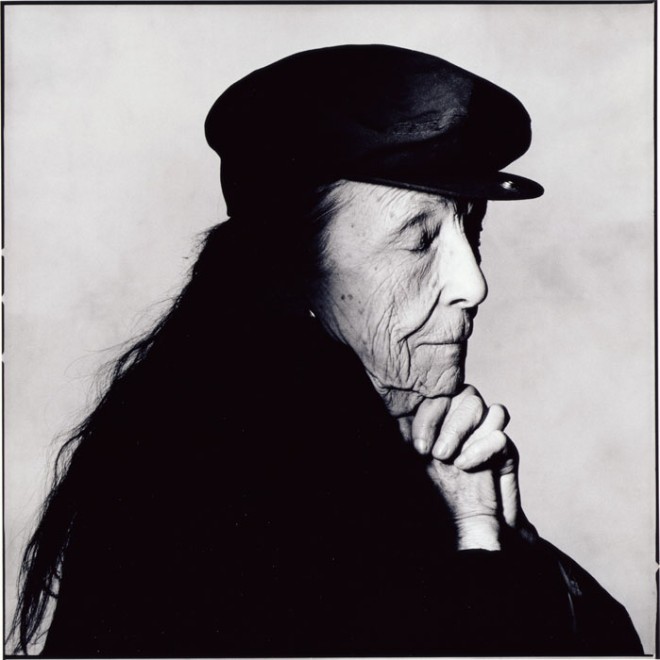
Mind Matters
The residence of Sigmund Freud serves as a fitting space to showcase the work of sculptor Louise Bourgeois, whose exhibition The Return of the Repressed explores her thirty years of ambivalent attachment to psychoanalysis.
As an artist who drew on her childhood experiences, French-American Bourgeois was primed to blossom in the Fifties, but her path was impeded by the precipitous domination of abstract expressionism, spearheaded by the ‘macho’ art of Jackson Pollock and Mark Rothko. Subsequently, only four commissions for one-woman shows between 1953 and 1978 followed.
Her surrealist artistry with its lack of signature style and use of materials including meat, wood and latex rubber, was completely divergent to the idealism of classical sculpture.
She remained on the periphery because the art world found her profound technique and emotionally fragile inner world difficult to negotiate and comprehend.
Nonetheless, in 1982, at the age of 70, Louise Bourgeois, the artist who utilised her visceral pain to awaken a higher state of consciousness in the viewer, was given a retrospective by the Museum of Modern Art in New York; thereby embracing this gloriously fearless late bloomer with mainstream acclaim which had eluded her for so long.
Louise Bourgeois: The Return of the Repressed is at the Freud Museum until 27th May 2012
Words by Dawn Daniels
Top Image copyright Irving Penn
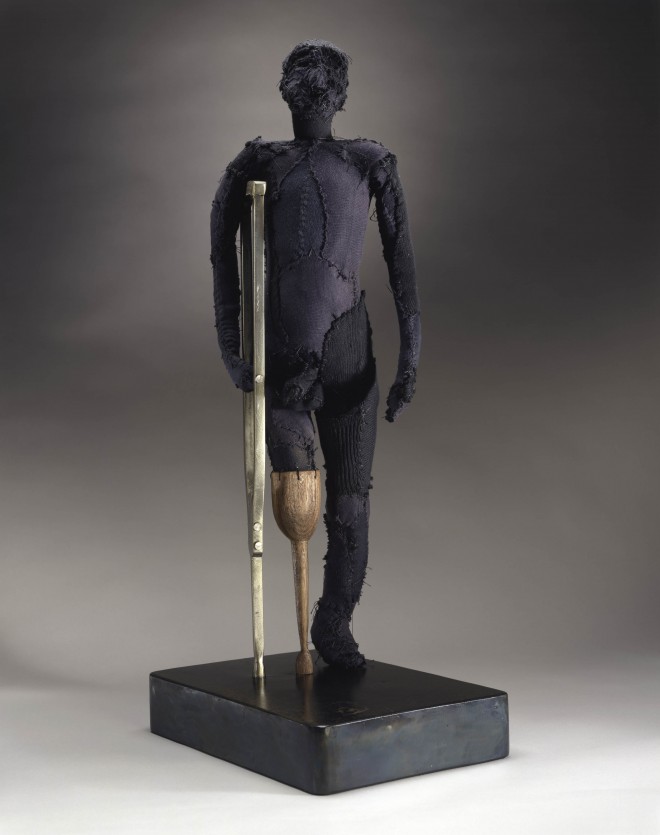
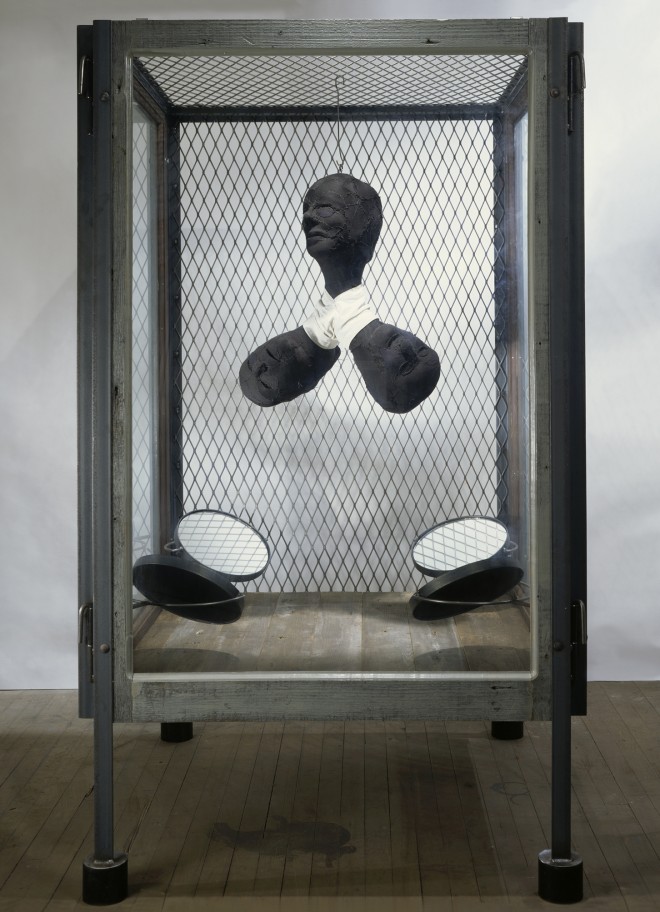
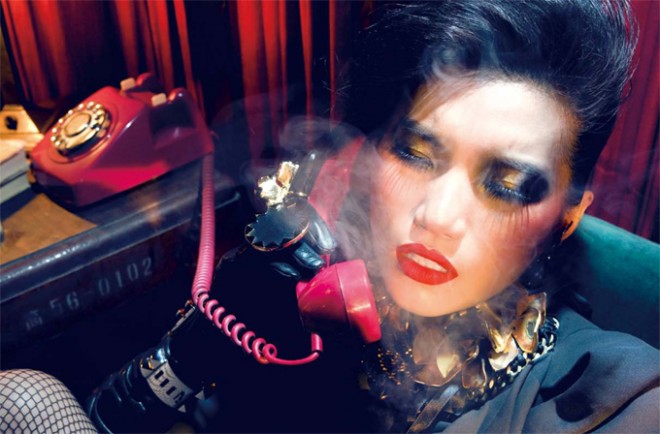
China Lady
Heavily manipulated images with an exaggerated sense of reality form the signature style of Chinese fashion photographer Chen Man.
Since shooting her first cover for Chinese avant-garde style magazine, Vision, Man’s work has gained increasing recognition. Having worked with brands such as Adidas and Nike, she’s most recently collaborated with MAC cosmetics. The Chen Man range, subtitled Love & Water, is described as a ‘bold, sensual and lyrical colour collection’, based around her fascination for love and water, represented by pink and blue.
The ascendancy of Man’s star coincides with China’s own as a burgeoning economic powerhouse. In forging her own path, Man’s bold, innovative style has been credited with inspiring a visual revolution in China.
For her first UK solo exhibition, Man‘s photography collates modern Chinese city landscapes with ancient architecture, which provide a backdrop to explore the assorted themes of science fiction, consumerism and popular culture.
Despite the complex and myriad layers of post-production employed to control and manipulate the finished product, the natural beauty and poise of her models forces its way through her art. Otherworldly and eccentric Man’s imagery reflects an obsession with perfection and the impossibility of many beauty aesthetics.
The Chen Man exhibition is showing at the Chinese Arts Centre, Manchester until 7th April
Words by Dawn Daniels
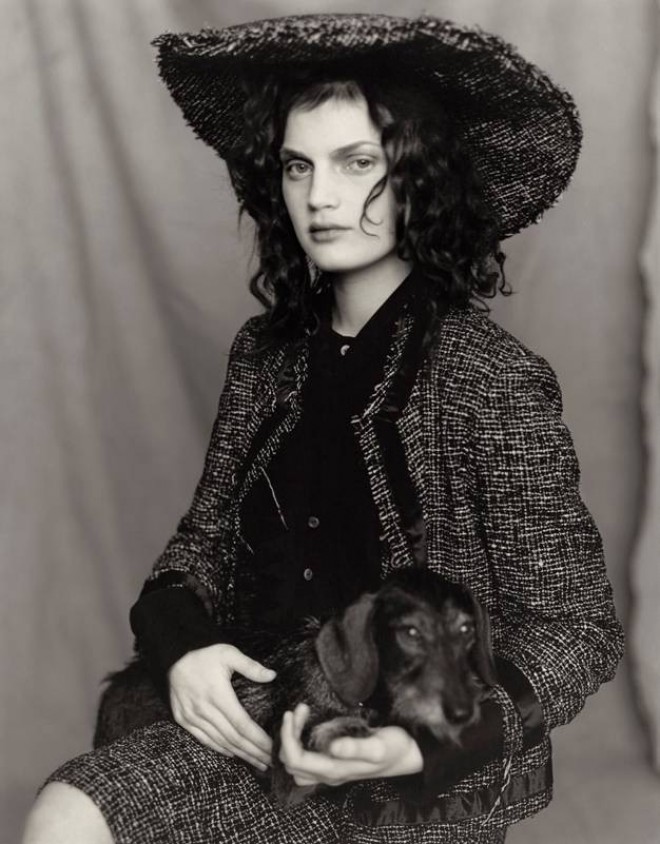
Polaroid Prince
Initially gaining recognition for a collaboration with Dior in 1980, subsequent campaigns for Yves Saint-Laurent and Valentino and covers for Vogue and Vogue Italia have earned Italian photographer Paolo Roversi, a place within fashion’s aristocracy.
His solo exhibition at the Wapping Project – Bankside, allows the viewer compelling insight into Roversi’s methods, in terms of how a basic studio, a deep respect for models and a laid-back artistry translates into elegant compositions.
Shooting on his trademark 8×10 Polaroid film, Roversi produces captivating colours and contrasts, which enrich the unique perspective of each image. His mystical approach to photography, incorporating slow exposures, and instinctive, delicate lighting, reveals a glimpse into the souls of his subjects, culminating in beautiful, alluring portraiture.
His well-honed technique traverses the disciplines of classical painting and photography reminiscent of the Pictorialists with the use of soft focus and special printing processes, while simultaneously creating a subtle aura of mysteriousness.
Images from the monographs Nudi and Studio appear alongside a selection of his muse, Guinevere.
Paolo Roversi is at the Wapping Project Bankside until 31st March 2012
thewappingprojectbankside.com
Words by Dawn Daniels
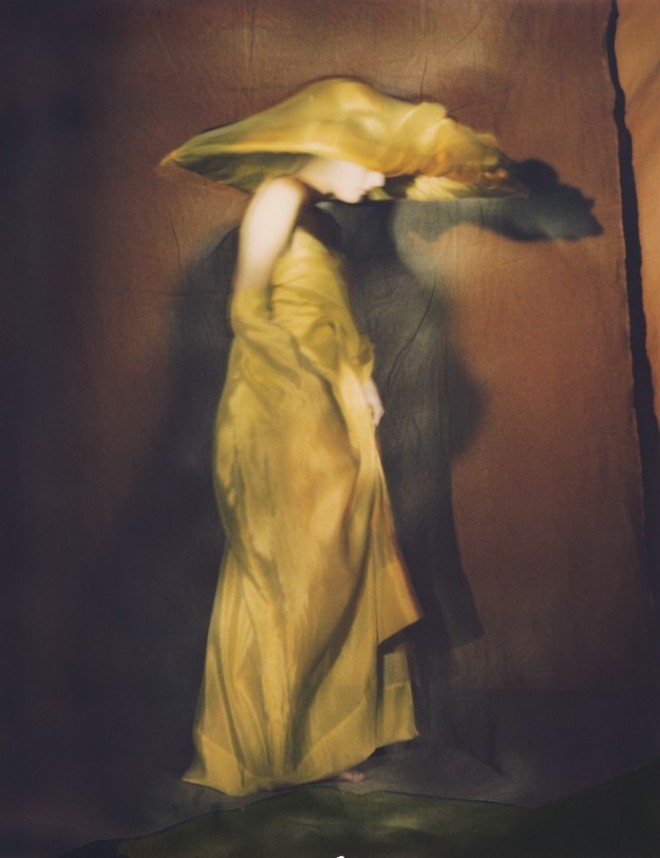
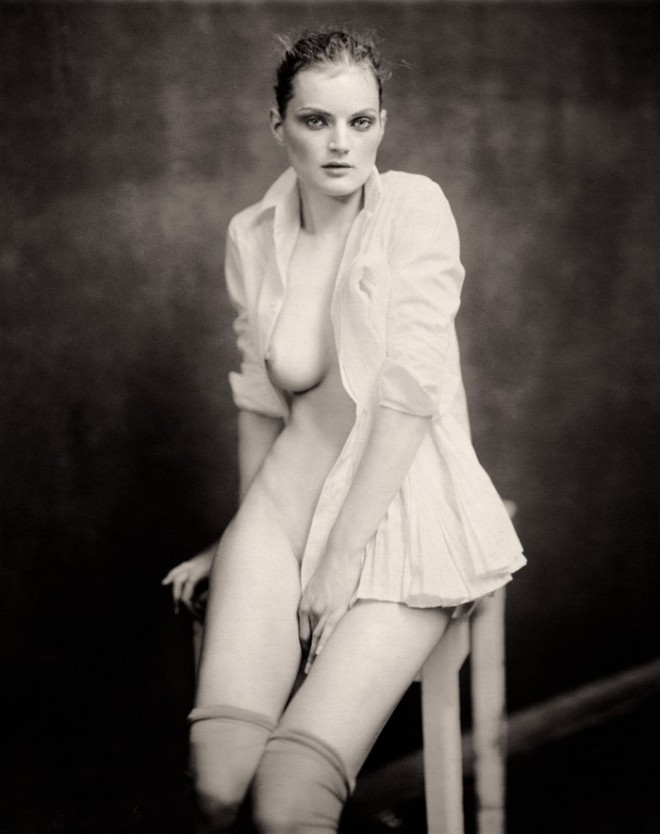

Free Radical
His first photograph in Vogue was of a Balenciaga hat, but with his original visual eye, it was only a matter of time before Parisian photographer Guy Bourdin’s images were international fashion perrenials. His work with French Vogue, coupled with his intuitive, ground-breaking advertising campaigns for Charles Jourdan shoes, changed the nature of fashion photography. Emphasis on the product was transferred onto the image, and in doing so, a new narrative was established, independent of the product itself.
Bourdin’s subsequent success afforded him additional artistic licence where lurid, eccentric and overtly sexual images explored the controversial themes of domination, violence and death, provoking accusations of misogyny and a morbid pre-occupation with mortality. Rarely seen images of his work are currently on show at Michael Hoppen Gallery, including a selection from his series for the 1980 Pentax Calendar, which serve as a fitting tribute to an artist who died 21 years ago in relative obscurity, and is considered to be one of the most influential fashion photographers of the Twentieth Century.
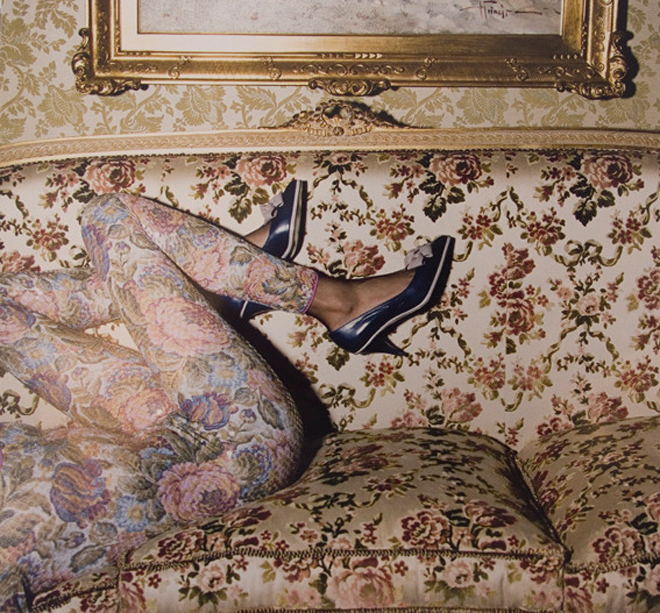
Guy Bourdin is at the Michael Hoppen Gallery until 10th March 2012
michaelhoppengallery.com
Words by Dawn Daniels

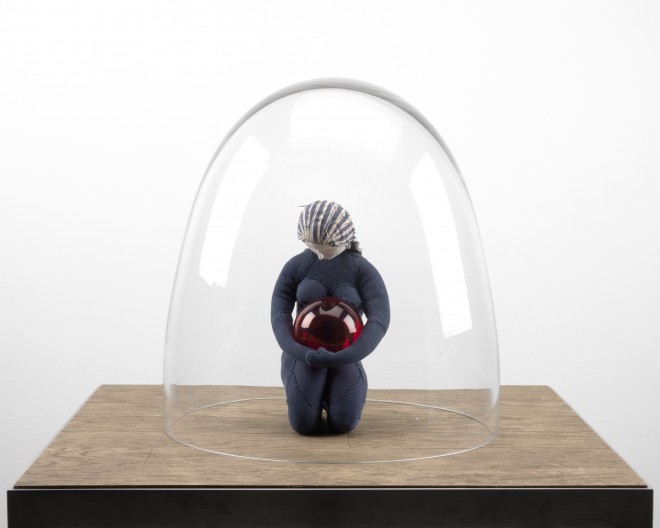
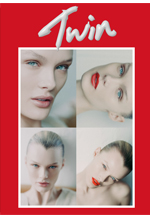
 Twitter
Twitter
 Tumblr
Tumblr
 YouTube
YouTube
 Facebook
Facebook
 Instagram
Instagram
